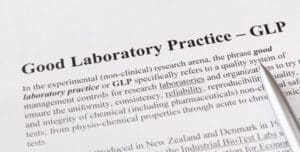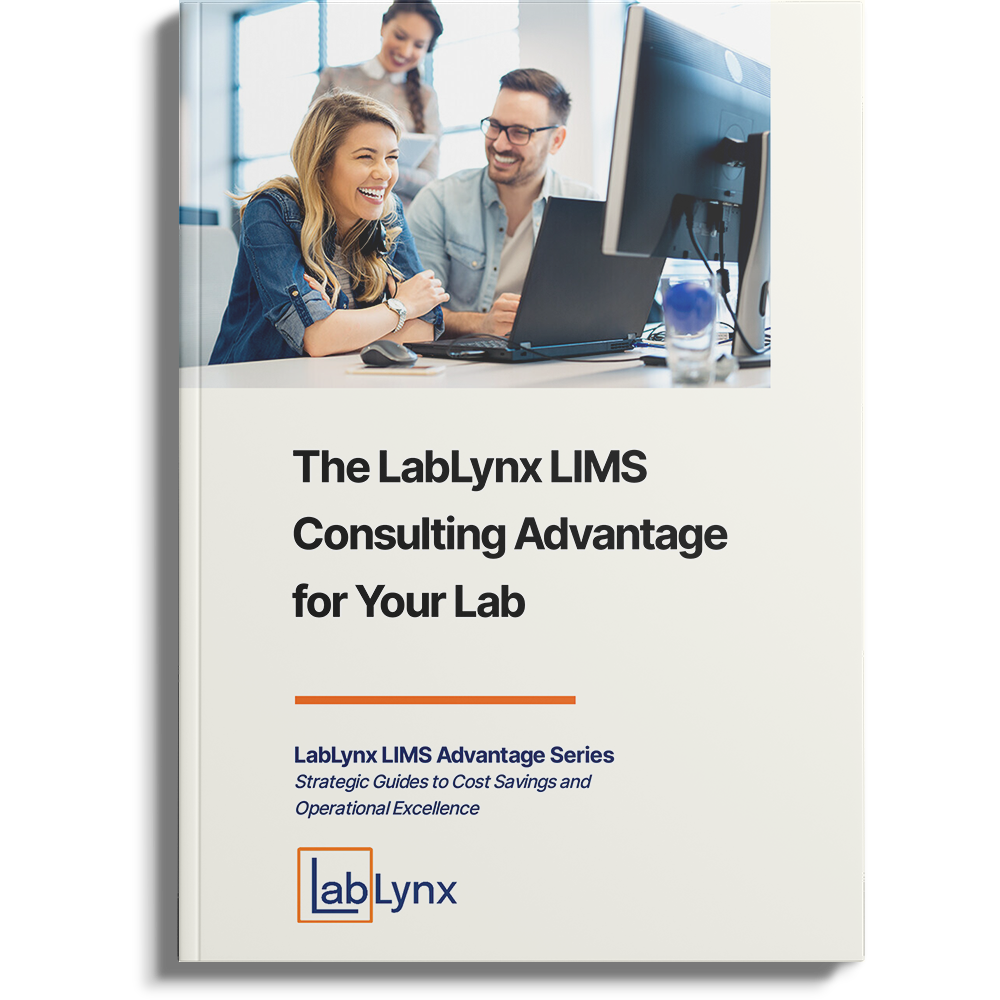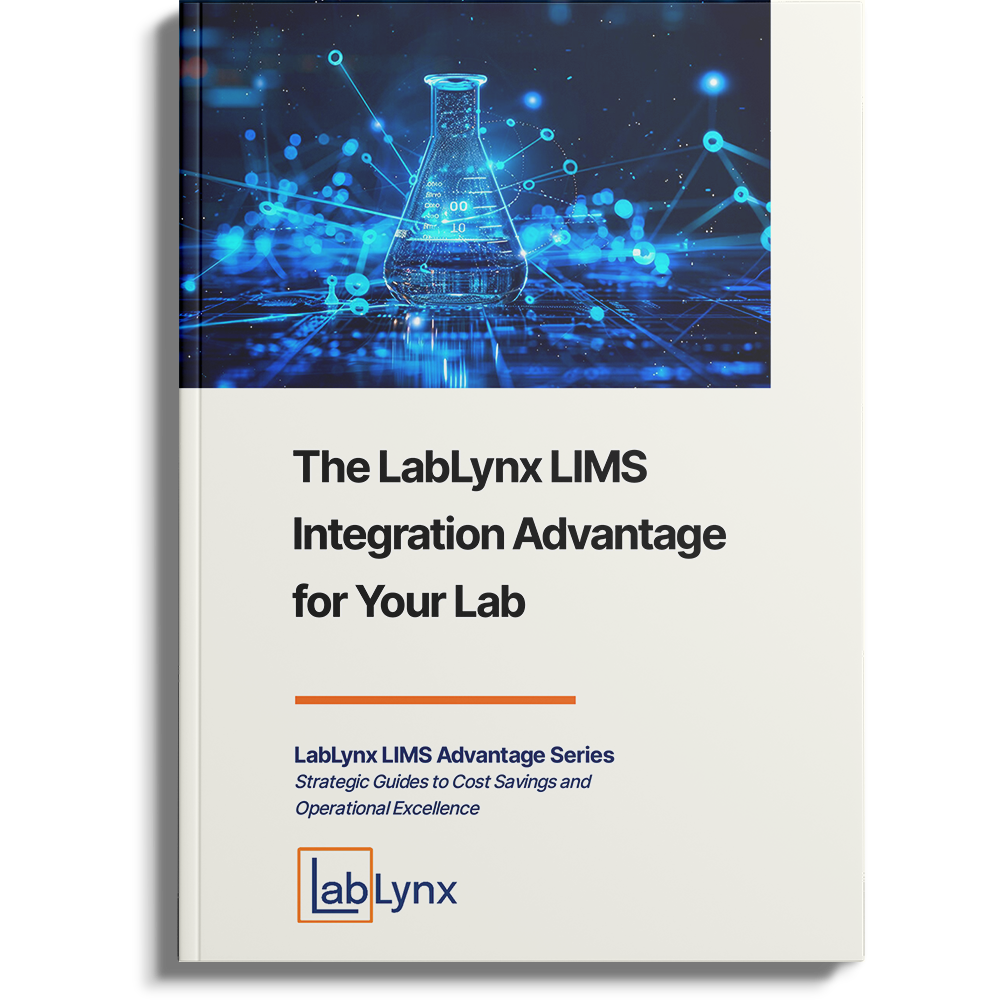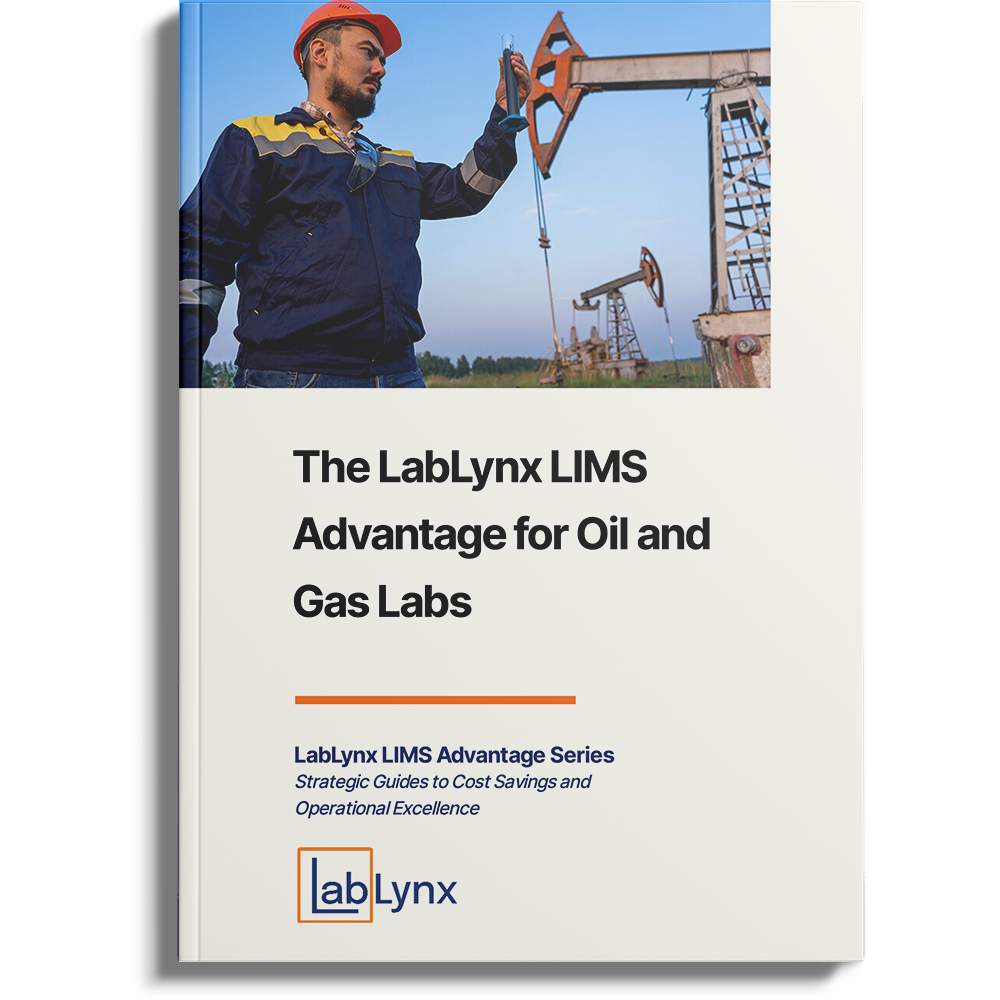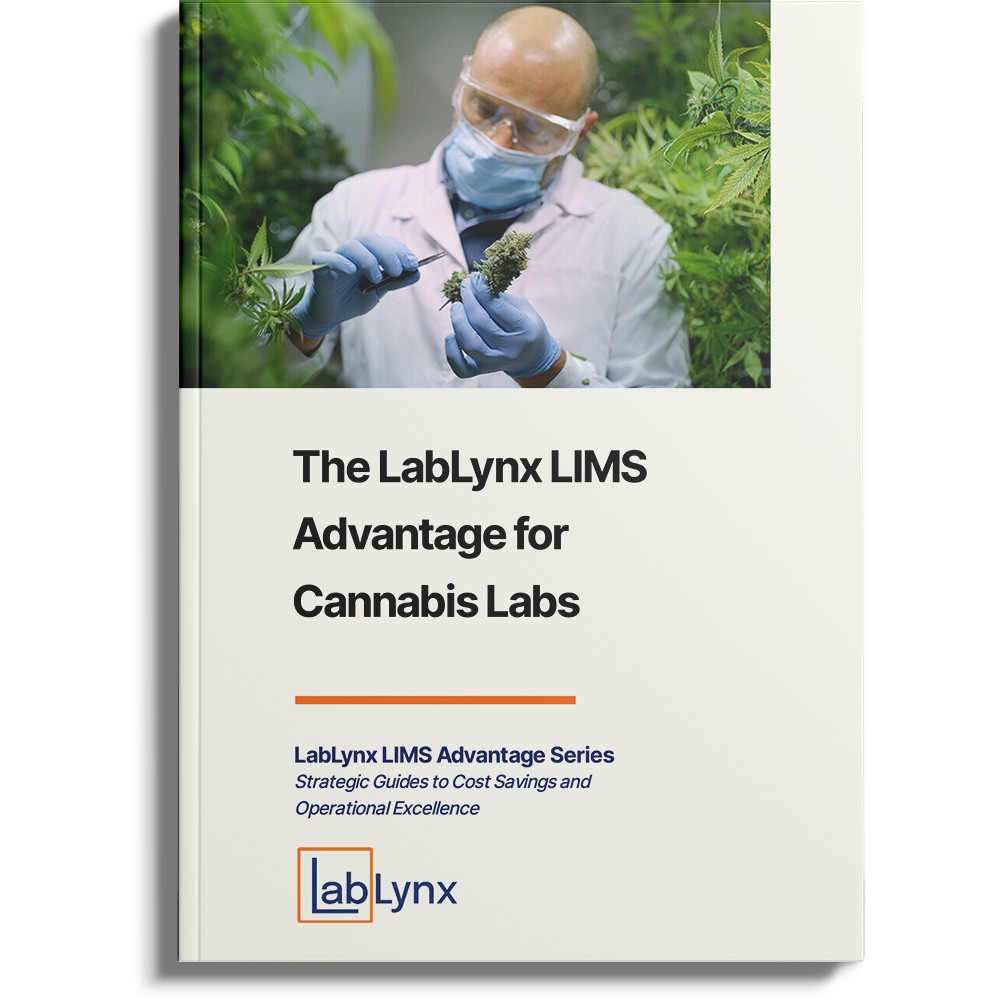
Good laboratory practice, or GLP, is a quality system of management concerned with the organizational process and conditions of non-clinical laboratory testing. These controls for uniformity, consistency, reliability, quality, and integrity aim to ensure the safety and efficacy of products in development for humans or animals and are followed by a variety of lab types, including those in food testing, pharmaceuticals, manufacturing, and agriculture industries.
The most central elements of good laboratory practice are record-keeping and the maintenance of attributable, original, accurate, and traceable reports and critical documents. Adding a laboratory information management system (LIMS) to any lab can help easily meet the requirements to ensure GLP adherence.
History of good laboratory practice
GLP was first introduced in New Zealand and Denmark in 1972, but not until a few years later in the US, as a response to multiple cases of fraudulent data submitted to the Food and Drug Administration (FDA) by toxicology labs. The most notable case was that of the Industrial Bio-Test Laboratory (IBT) in Northbrook, Illinois.
At the time, IBT was one of the oldest and largest independent laboratories in the US, performing more than 1,500 studies at the suburban-Chicago location and producing between 35-40 percent of all toxicology tests in the country.1 IBT tested herbicides, food additives, chemicals, cosmetics, pharmaceuticals, and other products that ultimately circulated the consumer marketplace.
In an audit of IBT’s lab studies, the FDA found that 75 percent were invalid for having numerous discrepancies between the study conduct and data, and IBT labs were found to have shredded large amounts of internal documents. In many cases, animals who fell ill or died due to the products being tested were simply replaced with healthy animals to falsify the data. The Environmental Protection Agency (EPA) conducted a seven-year review of IBT and found that only 16 percent of the testing results were valid.2
To ensure that health and environmental safety studies are planned and conducted with the highest level of quality and integrity, the FDA published the Proposed Regulations on GLP in 1976, with the Final Rule in 1979. The EPA also drafted its GLP regulations in the early 1980s.
The principles of good laboratory practice
Below are the primary guidelines for GLP:
Organization and personnel: Before a study begins, the testing manager must appoint a study director to monitor GLP compliance.
Quality assurance: A quality assurance unit (QAU) must be in place, operating separately from the testing organization or management team.
Facilities, equipment, reagents, materials, and test systems: There must be separate areas for the receipt and storage of test and control materials, mixing of those materials, storage of those mixtures, and housing of the test systems.
Test and reference items: Personnel performing the study should understand the identity, purity, composition, and stability of all test and control elements, as well as the date of receipt, expiration, storage instructions, and the quantity received/used.
Standard operating procedures: Each area of the testing facility should have standard operating procedures (SOPs) for routine procedures, approved by the testing manager and authorized by the study director.
Reporting results: The final report should be an accurate account of the conduct of the study, with a scientific interpretation of the results and critical discussion. Any deviation from SOPs should be noted, and a GLP compliance statement from the study director must be provided.
Archiving of records and reports: Only authorized personnel may have access to archived records, and every instance of records being accessed must be logged.
How the LabLynx LIMS supports the lab and GLP
While the laboratory is responsible for developing the SOPs that meet GLP guidelines and industry-specific regulations or necessary processes for accreditation, the LabLynx ELab LIMS acts as the storage system for those documents. Once user access is granted, the SOPs can be accessed at any time to ensure protocols are being followed.
While it’s important to have access to laboratory procedures, it can be even more important to ensure only those who are trained to complete a process can follow a given workflow. With the LabLynx ELab LIMS, the laboratory manager can restrict access to certain tasks to trained personnel only, eliminating the risk that untrained staff will perform tests that they are not qualified to do. Speaking of training, the ELab LIMS can also store the training records of the lab staff.
With s LabLynx ELab LIMS software solution, all data entry is documented by date and time and can be attributed to a user and the instrument used in the testing. Testing materials can be barcoded and tracked through the process, from receiving to storage and from usage to disposal. These tracking records assure quality control, tracking the entire cycle and providing an auditable record trail. Additionally, the system can provide alerts when audit records are accessed and when materials need to be reordered.
ELab LIMS also readily permits laboratories to integrate their instruments and equipment with the LIMS to produce consistent reports, monitor calibration, and identify maintenance issues.
Should your laboratory be audited for GLP compliance, the LabLynx ELab LIMS becomes your single source for auditor access. Without ELab as the foundation of the laboratory—storing all records and producing auditable reports—an audit can be a daunting experience. Lab managers have more important things to do than dig through boxes, scan hard drives for employee files, flip through notebooks hoping the lab techs remembered to mark the date and time or search for missing page 43 of 102.
LabLynx can provide ELab LIMS software to fit any laboratory, big or small. Their team of chemists, biologists, laboratory managers, lab QA/QC officers, biomedical and process engineers, and business professionals has helped design and develop various flexible and mature LIMS software solutions used by laboratory professionals today from a broad range of industries.
References
1 https://www.centerforfoodsafety.org/files/schneider-1983_42309.pdf
2 https://www.onepointesolutions.com/blog/what-is-a-glp-lab/

